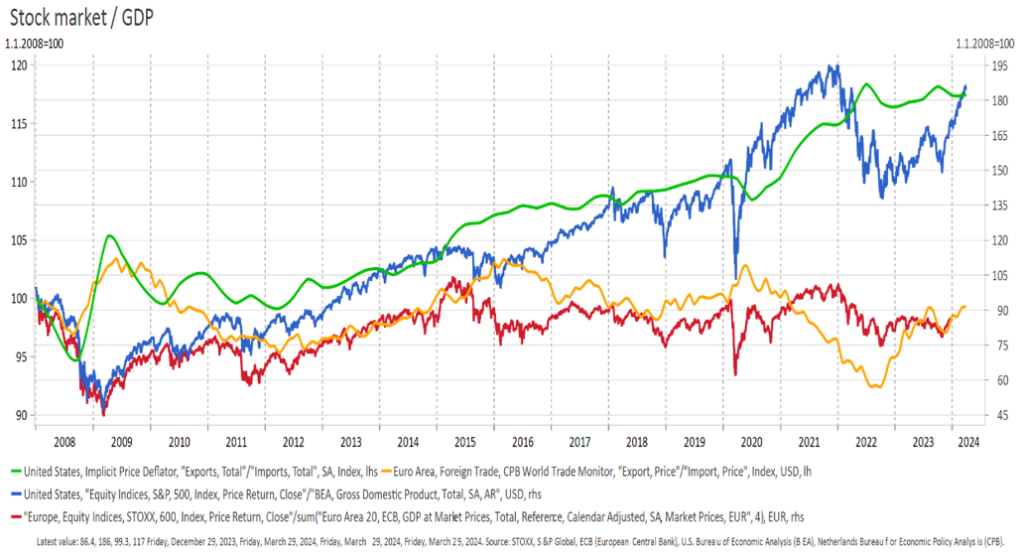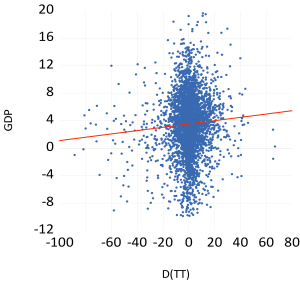References
Ahmed, R. and M. Chinn (2023) Do Foreign Yield Curves Predict U.S. Recessions and GDP Growth? https://users.ssc.wisc.edu/~mchinn/foreign_yieldcurves.pdf.
An, Z., J. Jalles and P. Loungani (2018) How Well Do Economists Forecast Recessions? IM WP 18/39.
Andersen, L.& J. Jordan (1968) “Monetary and fiscal actions: a test of their relative importance in economic stabilization”, Federal Reserve Bank of St. Louis Review, 1968, 50, 11–24.
Ball, C. and J. French (2021) Exploring what stock markets tell us about GDP in theory and practice. Research in economics : an international review of economics, 75, 330-343.
Friedman, M. & D. Meiselman (1963) “The Relative Stability of Monetary Velocity and the Investment Multiplier in the United States, 1897-1958”, Stabilization Policies: A Series of Research Studies Prepared for the Commission on Money and Credit by E. C. Brown et al, Englewood Cliffs, NJ: Prentice-Hall: 1963, 165–268
Minoiu, C., Scchneider, A. and M. Wei (2023) Why Does the Yield Curve Predict GDP Growth? The Role of Banks https://www.federalreserve.gov/econres/feds/why-does-the-yield-curve-predict-gdp-growth-the-role-of-banks.htm
Smets, F. and K. Tsatsaronis (1997) Why does the yield curve predict economic activity? Dissecting the evidence for Germany and the United States. BIS Working Paper 47.
Wong, H. (2010), “Terms of trade and economic growth in Japan and Korea: an empirical analysis”, Empirical Economics, Vol. 38(1), 139–158.








